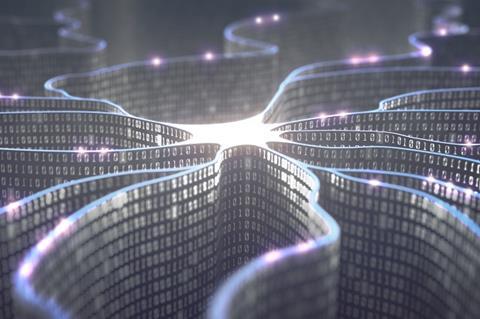Converging technologies marking the fourth industrial revolution look likely to transform the risk landscape

The convergence of several transformative new technologies – collectively dubbed the fourth industrial revolution (4IR) – will likely transform the risk landscape in the decades to come.
However, the rise of robotics, artificial intelligence (AI), and autonomous technologies has the potential to transform or create new risks as well as eliminate old ones, according to Ravin Jesuthasan, the managing director, responsible for Willis Towers Watson’s future of work initiative and author of multiple books on the topic.
“It is changing some risks, changing the very nature of risks, and in some cases eliminating risks, but in other cases creating new ones,” said Jesuthasan.
Driverless vehicles provide a leading example of this transformation of the risk landscape, he suggests. Companies such as Tesla, which are pioneering autonomous driving, are shifting risks away from the individual, which is seen as sensible because, for example, human errors cause the bulk of road accidents.
This is potentially good news for risk managers, he explains, as “variance in human decision-making” has been as troublesome as it is unpredictable. “The move towards an autonomous future of driving involves a shift from the individual to the asset. The car will respond in a much more predictable way. But it also introduces new risks,” said Jesuthasan.
As all manner of machinery and household appliances go online – referred to as the Internet of Things (IoT), the “big data” they generate has the potential to reduce risk. That means fewer machinery breakdowns in a factory or burst pipes for households, but as those pipes and machines are networked to the point of “hyper-connectivity”, cyber risk becomes a threat to a driverless car as well as a laptop, he suggests.
The introduction of AI and robotics will “redefine employment relationships and organisational boundaries”, Jesuthasan suggests, and the business community is now in a stage of experimentation.
“Until you deconstruct the job and look at how AI and robotics will transform work at the task level, it’s difficult to adopt AI and robotics at a systemic level. Experimentation is critical given the magnitude of the change and you certainly don’t want to disrupt the core operating model – so we say take on a pilot where you can learn quickly and fail safely,” said Jesuthasan.
By implementing robotics and AI at team or functional level, a pilot scheme can help the organisation understand where the break points are, such as for potential governance, IT and cyber risk issues, prior to full blow implementation” Jesuthasan added.
Sectors with the highest risks of industrial accidents are in the vanguard of experimentation, Jesuthasan suggests, particularly manufacturing and the oil and gas sectors.
“The goal here is risk reduction, to reduce the severity and the frequency of accidents. The variability of work is often what gives rise to accidents. The rationale for adopting automation is to drive greater consistency in production while reducing the risk,” he said.
For a services business such as Willis Towers Watson – an insurance broker and risk advisor – he suggests areas where AI can make the fastest impression on the business.
The first of these is perhaps obvious in an era of targeted advertising: marketing’s use of AI to target the right customer. Another area ripe for automation is claims assessment. In the aftermath of a major natural catastrophe, drones can fly across storm-hit areas to map damage with photography.
AI can then assess hundreds of thousands of photographs, from the drones and images from clients and other sources, to recognise property damage and process claims – all much quicker than a team of humans.




















No comments yet